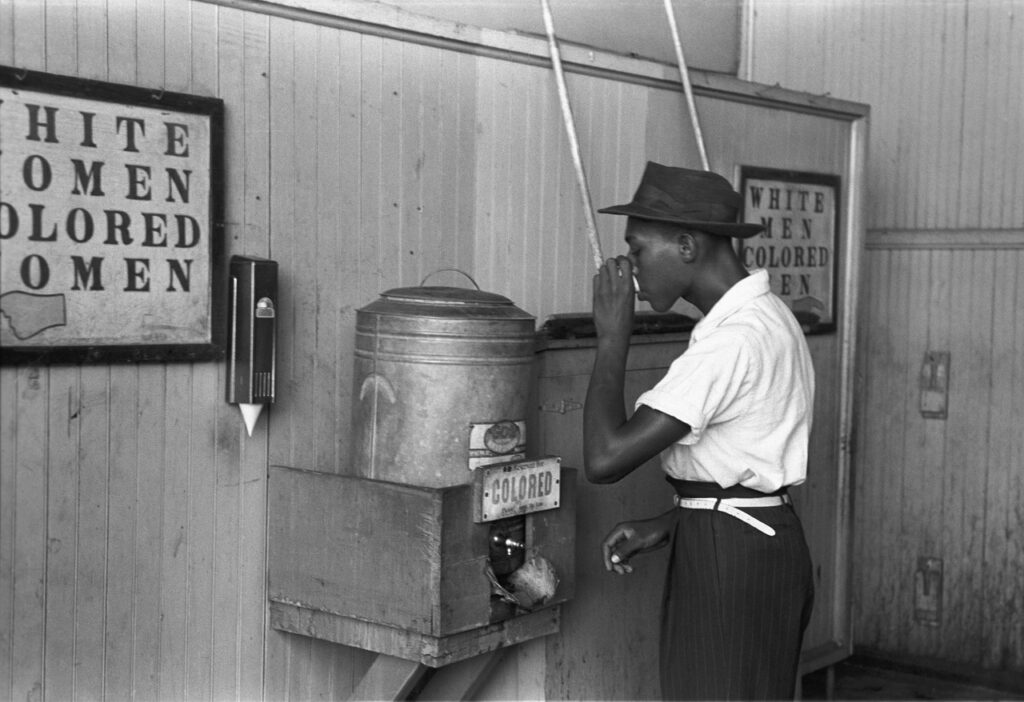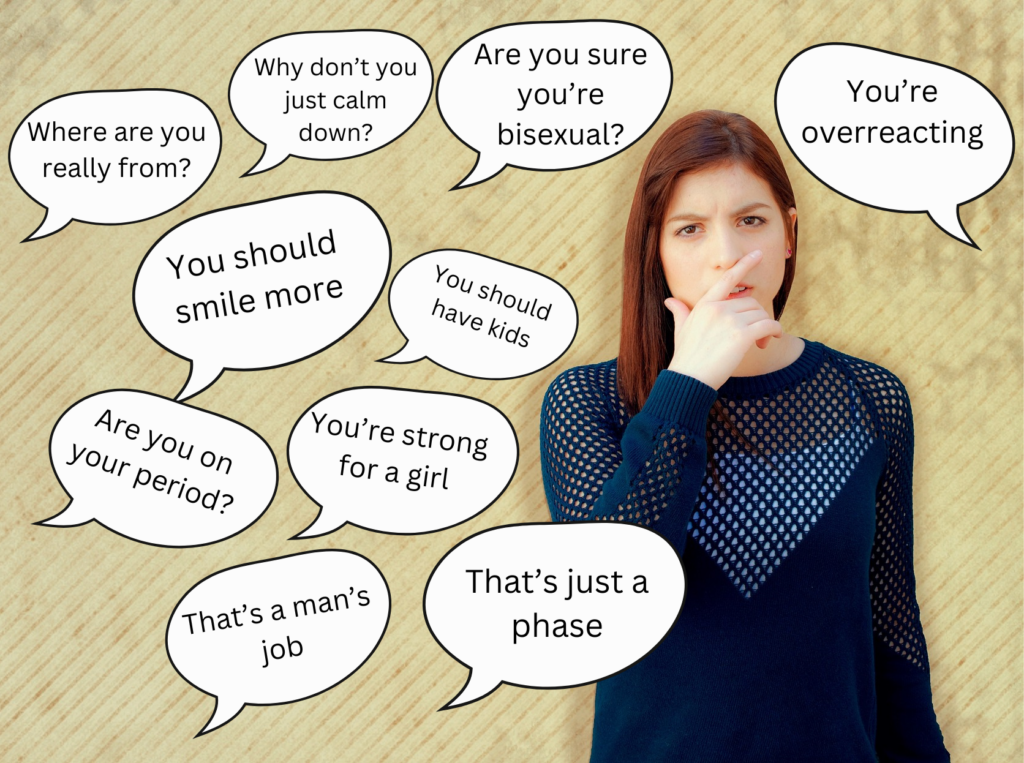In a world striving for inclusivity and respect, microaggressions remain a pervasive yet often overlooked issue. These subtle, often unintentional slights can have profound cumulative effects on marginalized individuals. Let’s dive into the nuances of microaggressions, their impacts, and strategies for recognizing and addressing them in our daily interactions.

Microaggression is often subtle and seemingly unintentional, but can nonetheless be hurtful.
The Stealthy Sting of Microaggressions
Microaggressions are the seemingly innocuous comments or actions that reveal underlying biases and perpetuate stereotypes. They’re the little jabs that don’t draw blood but leave bruises. Often, they’re delivered with a smile or a casual tone, making them hard to pinpoint and even harder to address. But don’t be fooled—these small insults carry big impacts.
Imagine a co-worker telling an Asian American colleague, “You speak English so well!” The implied message? They don’t belong, or they’re perpetual foreigners. Or consider a woman in a meeting constantly interrupted by her male counterparts. These incidents, seemingly minor in isolation, accumulate to create a toxic environment.
Recognizing the Invisible
The first step in addressing microaggressions is learning to recognize them. They can be verbal, non-verbal, or environmental, each carrying its unique sting. Here are some common forms:
- Microassaults: Explicit derogations characterized by a verbal or nonverbal attack meant to hurt the intended victim through name-calling, avoidant behavior, or purposeful discriminatory actions.
- Microinsults: Communications that convey rudeness and insensitivity and demean a person’s heritage or identity.
- Microinvalidations: Communications that exclude, negate, or nullify the psychological thoughts, feelings, or experiential reality of a person.

Strategies for Addressing Microaggressions
1. Self-Education and Awareness
Understanding the nature of microaggressions is critical. Engage with literature, attend workshops, and listen to the experiences of marginalized groups. This self-education will arm you with the knowledge to identify microaggressions in real-time.
2. Reflect Before Reacting
If you’ve been subjected to a microaggression, take a moment to reflect on the incident. Reacting impulsively can sometimes escalate the situation. Assess your feelings and consider the context before deciding on the best course of action.
3. Addressing the Aggressor
When you decide to address the microaggression, focus on the behavior rather than labeling the person. Use “I” statements to express how the comment or action affected you. For example, “I felt uncomfortable when you said my English was good because it implied I didn’t belong.”
4. Create Safe Spaces for Dialogue
Encourage open conversations about microaggressions in your community or workplace. Safe spaces allow individuals to share their experiences and foster mutual understanding and respect.
5. Bystander Intervention
If you witness a microaggression, don’t stay silent. Use your voice to support the affected individual and address the behavior. Simple actions like saying, “I think what you said might have hurt someone’s feelings,” can make a significant difference.
6. Institutional Policies and Training
Advocate for your organization to implement policies and training programs focused on diversity, equity, and inclusion. Such measures can help create an environment where microaggressions are less likely to occur.
The Irony of Unintentional Harm
The irony of microaggressions lies in their often-unintentional nature. People who perpetuate them may not realize the harm they’re causing. This ignorance, however, does not mitigate the impact on the recipient. It’s crucial to approach these conversations with empathy and a willingness to learn and grow.
The Power of Apology and Forgiveness
If you’re called out for a microaggression, resist the urge to become defensive. Listen, apologize sincerely, and make a commitment to change your behavior. Forgiveness is a two-way street—those affected must also recognize genuine attempts to make amends.
Beyond the Individual: Societal Impacts
Microaggressions don’t just affect individuals; they perpetuate systemic inequalities. They reinforce stereotypes and contribute to the marginalization of entire groups. Addressing microaggressions is a step toward dismantling these larger structures of oppression.
External Resources:
Final Thoughts
Addressing microaggressions requires vigilance, courage, and compassion. By educating ourselves and fostering open dialogue, we can create environments where respect and understanding flourish. Remember, every step toward recognizing and addressing these small insults brings us closer to a more inclusive and equitable society.
Takeaways:
- Microaggressions, though subtle, have significant cumulative impacts on marginalized individuals.
- Self-education and open dialogue are crucial in recognizing and addressing microaggressions.
- Bystander intervention and institutional policies can create safer, more inclusive environments.
Together, we can transform these stealthy stings into opportunities for growth and connection, fostering a world where everyone feels seen, heard, and respected.

